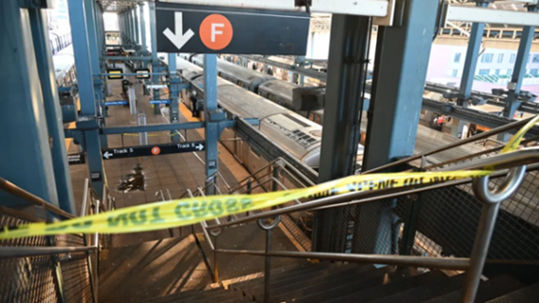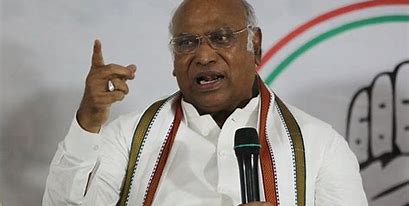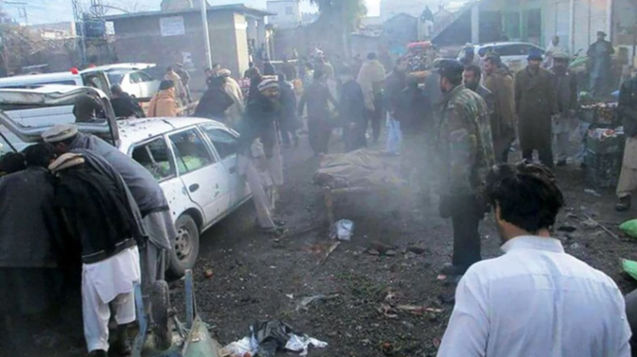In a provocative move, North Korea has begun using massive balloons to transport floating sacks of trash across the border, sparking concerns and escalating tensions with South Korea.
The Joint Chiefs of Staff (JCS) of South Korea reported that since Tuesday night, approximately 260 balloons sent from North Korea have been detected, falling in various locations across the country, including border areas, Seoul, and the southeastern province of South Gyeongsang, according to Yonhap News Agency.
Images released by the JCS show two large balloons carrying plastic bags and scattered items, including sheets of paper, plastic debris, and what appears to be dirt, onto pavements and roads. While no significant damage has been reported, the balloons seem to have contained various forms of garbage, such as plastic bottles, batteries, shoe parts, and even manure, as per Yonhap.
Government agencies are currently analyzing the contents of the balloons, described as “filth and garbage” by the JCS, in collaboration with the United Nations Command. The JCS condemned North Korea’s actions, emphasizing that they violate international law and pose a serious threat to citizen safety.
Residents in the northern provinces of Gyeonggi and Gangwon received warnings from local authorities about “unidentified objects” and were advised to stay indoors. Concerns have been raised about potential damage to homes, airports, and roads from the discarded items.
The trash-filled balloon launch is seen as retaliation against South Korean activists who regularly send goods to North Korea, including propaganda leaflets, food, medicine, radios, and USB sticks containing South Korean news and television dramas. These activities, banned by the South Korean government since 2020, persist among campaigners, including defectors from North Korea.
Kim Kang Il, North Korea’s Vice Minister of National Defense, denounced the leaflet scattering by balloons as a dangerous provocation with potential military implications, according to North Korean state media KCNA.
This incident underscores the ongoing tensions between North and South Korea, highlighting the complex geopolitical dynamics in the region.







